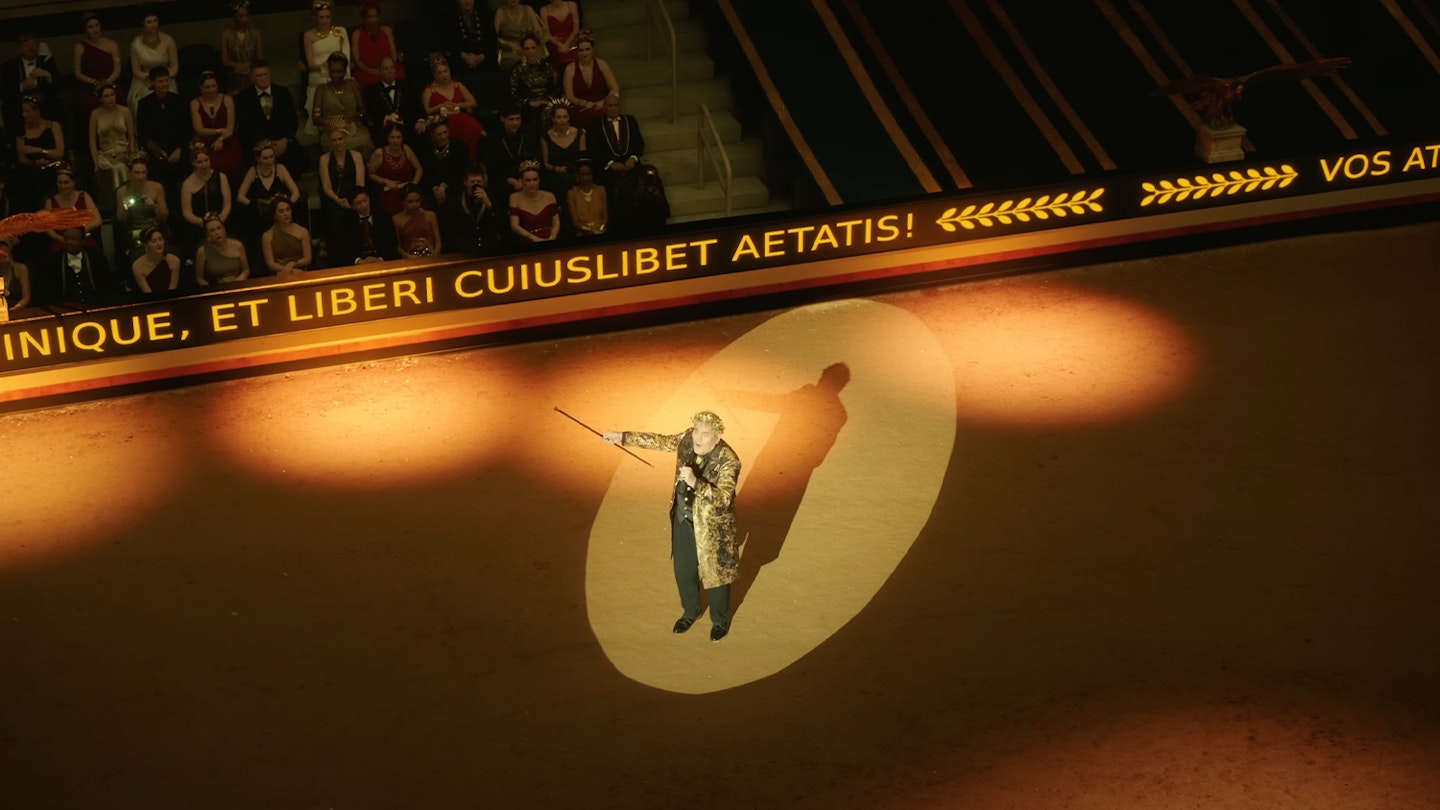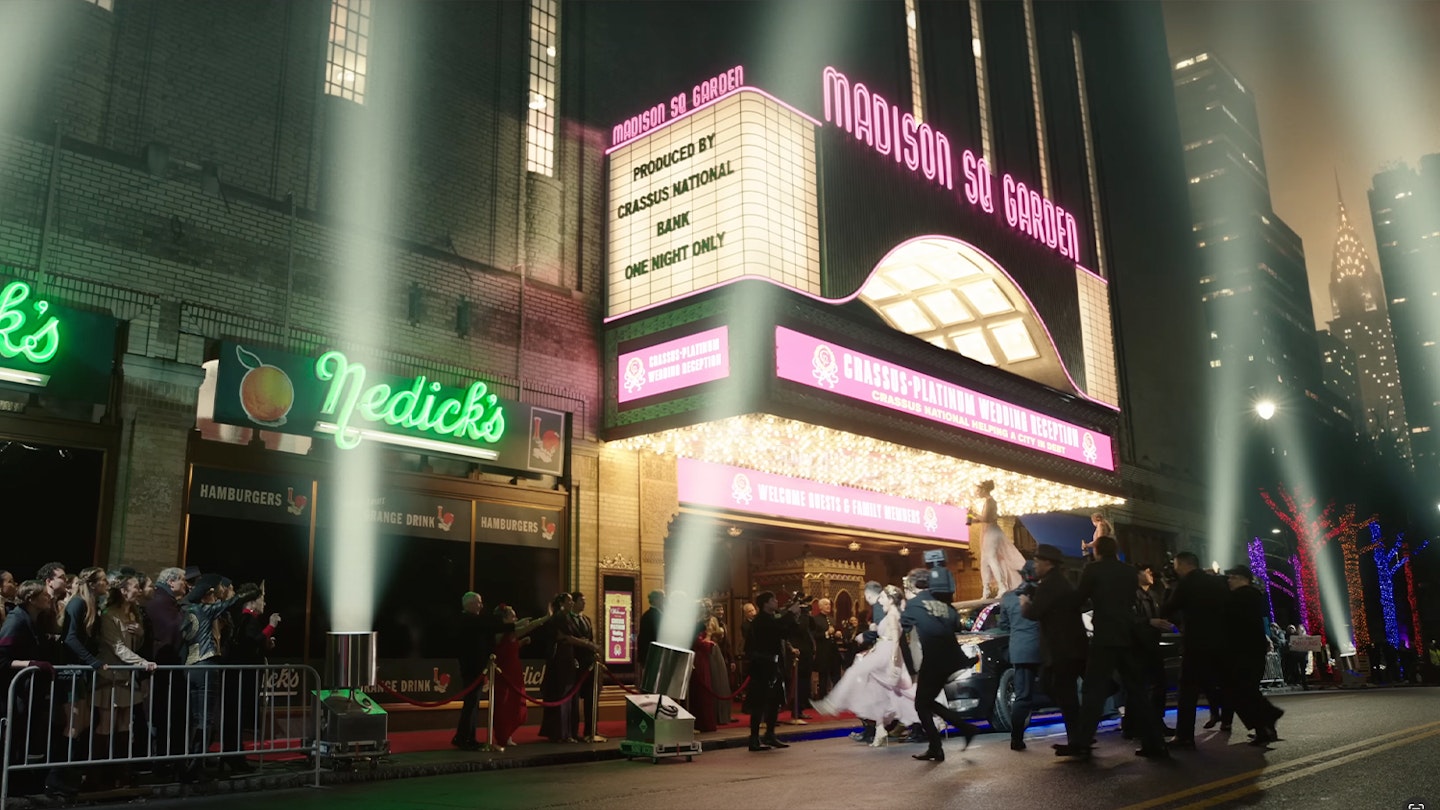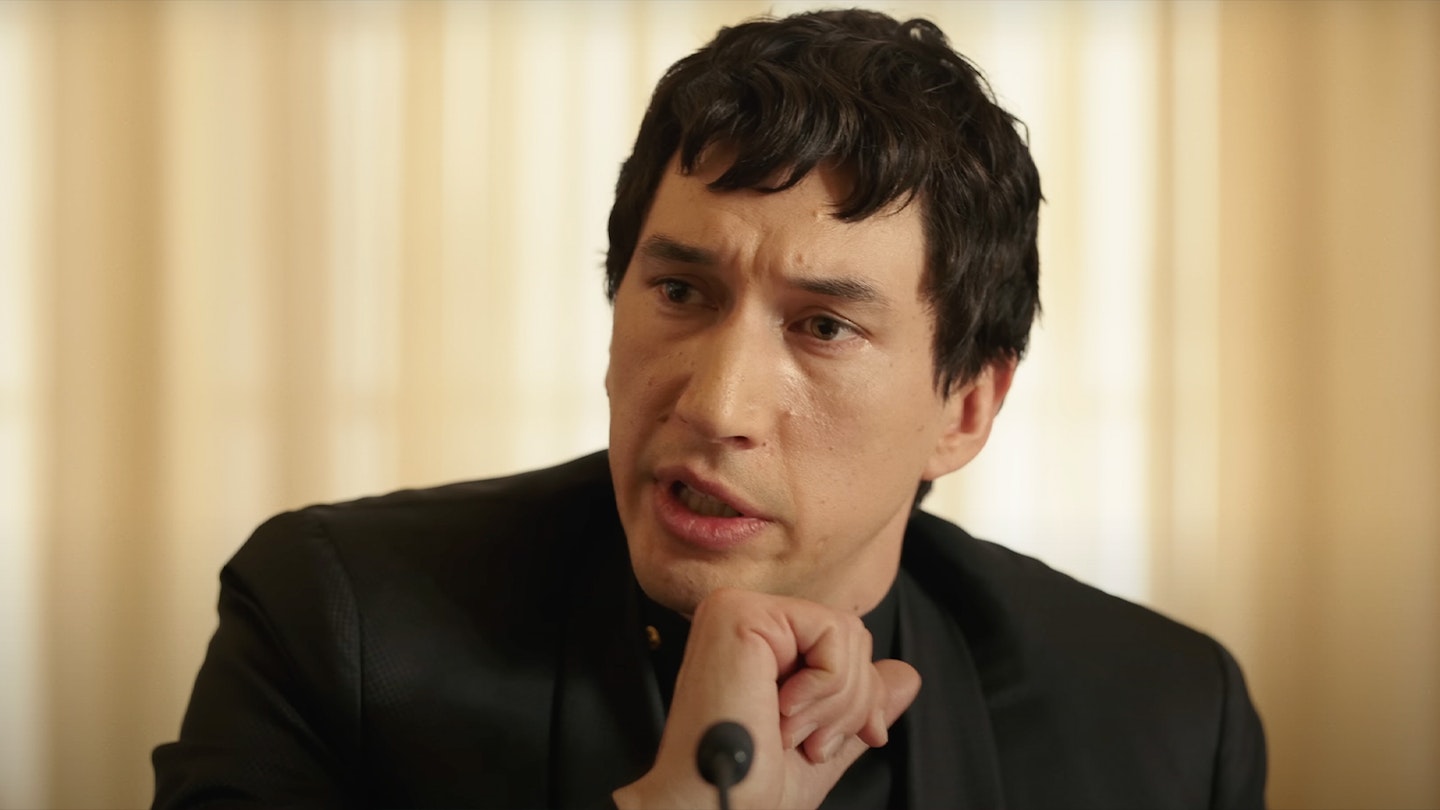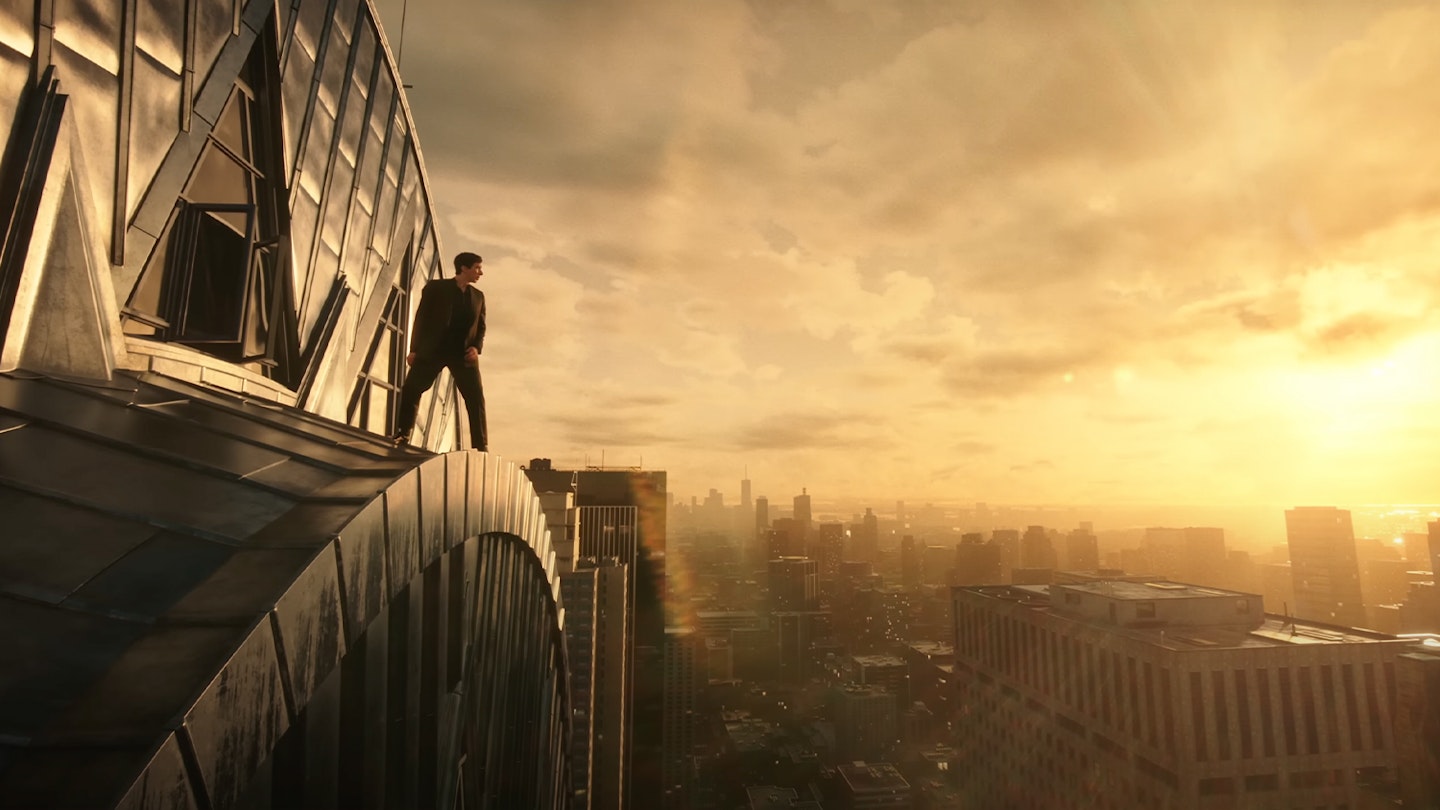In a year that includes a new Deadpool outing, George Miller’s return to the Fury Road, and a Dune sequel, it’s saying something that for many, the most anticipated movie of 2024 – and the one with the biggest question mark around it – is Francis Ford Coppola’s Megalopolis. Earning his place in the pantheon of cinema’s greatest directors with Apocalypse Now, the Godfather movies and more, Coppola is an auteur whose return deserves our attention. But with his comeback film having been gestating for decades, not to mention requiring Coppola to shell out millions of his own dollars for the production, it demands it.
Set in a Roman Empire-inspired reimagining of New York City, Megalopolis stars Adam Driver as Cesar Catalina, an architect with physics-defying powers and dreams of building a utopian society. That dream sees him clash with the city’s Mayor, Frank Cicero (Giancarlo Esposito), who is made even more unhappy when Cesar grows closer to his daughter, Julia (Nathalie Emmanuel). Premiering at the Cannes Film Festival this week, it’s proven divisive amongst critics. But one thing’s for sure – as Empire witnessed earlier this week, it delivers some mighty big creative swings.
1) The bonkers ancient-future-sci-fi setting

Megalopolis is set in New Rome in the 21st century, and the Roman influence is clear, in everything from character names to the surroundings. The sumptuous costumes include toga-style dresses, golden wreath jewellery and gladiator sandals. There is chariot racing. There is a colosseum (though here, it’s a stadium-sized entertainment venue.) But there are also elements of 1920s Art Deco, modern ultra-invasive capitalism, 19th-century circus aesthetics, old-school Hollywood glamour, futuristic structures and more, the decadence all realised in super-high-definition.
2) The literature post-grad dialogue

As out-there as Megalopolis’ visuals are, its dialogue can be even trickier to wrap your head around. It flits between Shakespearean rhythms and Marcus Aurelius quotes, lofty musings on society and power, Instagrammable mantras, blunt vulgarity and childlike exposition, fitting with the film’s ‘throw everything at the wall’ vibe.
3) The X Factor-esque musical number

Megalopolis constantly throws you into new settings and scenarios – but one of the most unexpected developments is the musical performance in the middle of it. It’s not a song-and-dance number, exactly – more an X Factor-style rendition, designed to spotlight a star and set up a scandal. We won’t spoil the details, but the sequence manages to channel reality TV, chastity culture, deepfake technology, and Gossip Girl, all in one go.
4) The real-life interruption

Normally, if a guy walks on stage with a microphone two-thirds of the way through a film screening, you’d think that something has gone awry. In Megalopolis’ case, though, it’s entirely intentional. Confusion and amusement rippled through the Cannes audience as a suited man stepped into a spotlight in the cinema, as a press-conference scene played out on the screen, to ask Cesar a question. The architect responds to it, before the film carries on as normal. (Well, as close to normal as Megalopolis gets.) Will this immersive moment be replicated on the film’s release? Could your local Cineworld usher be recruited to lug a mic stand out in front of the screen, night after night? Who knows.
5) The overwhelming ambition

Given it took Coppola over four decades and $120 million of his own money to make, it’s not surprising that the scale, vision and experimental nature of Megalopolis is huge, and unlike anything we’ve seen from the filmmaker before. This is a movie about power, government, climate, culture, sex, romance, wealth, society, and plenty more besides. It’s about a man – a complicated man, brought to life in a complicated way – who dreams of a better future for the world and the city in which he lives. It’s about seeing time; about stopping it and starting it again. Whatever the result, there’s no denying Megalopolis’ sheer boldness, and its director’s drive to explore the boundaries of cinema. Strap in, folks – it’s a wild ride.
Megalopolis comes to UK cinemas later this year. We think.
